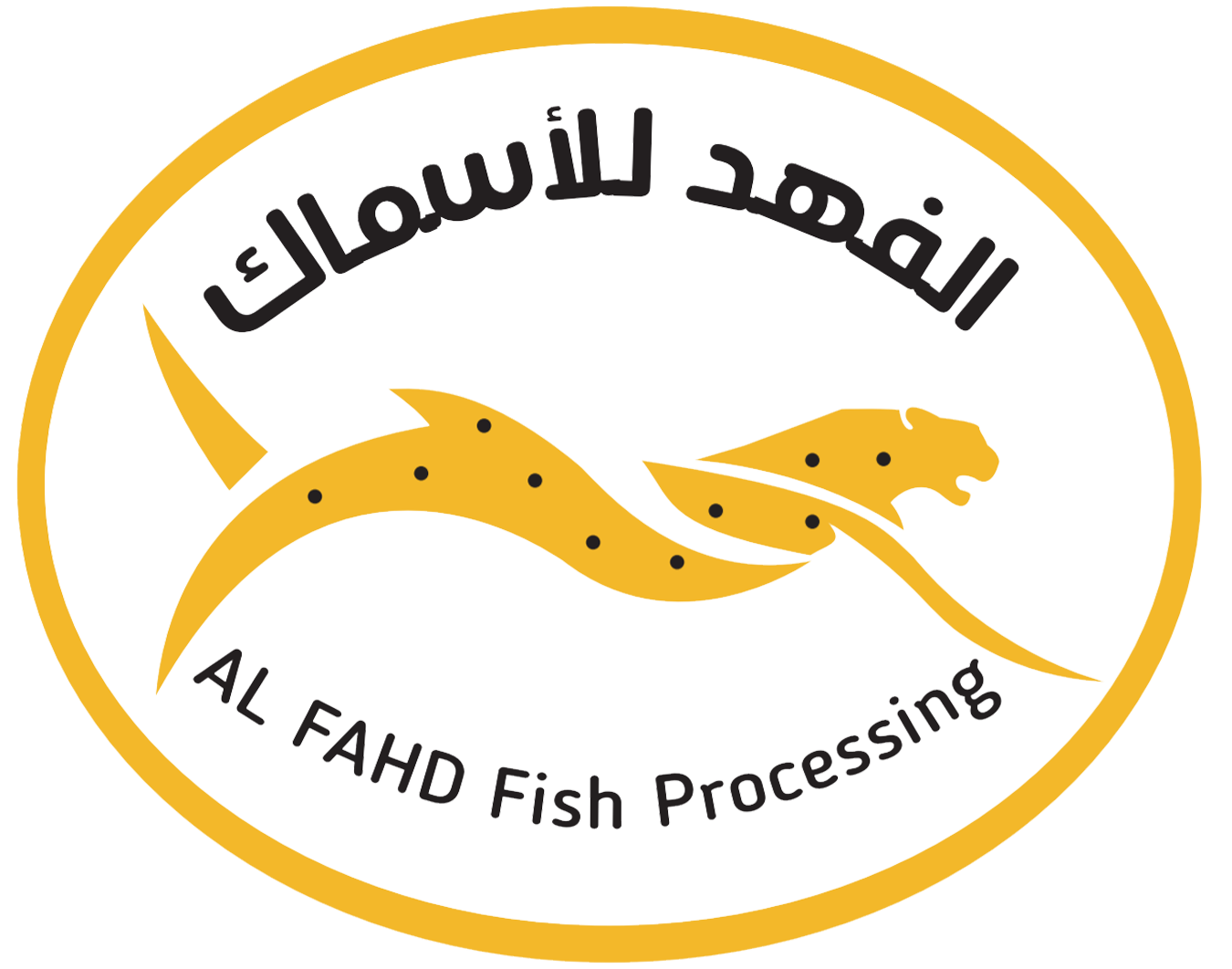What Is Herring Fish
The name herring refers to either the Atlantic herring
(Clupea harengus harengus) or the Pacific herring
(C. harengus pallasii); although once considered separate species, they are now
believed to be only subspecifically distinct.
Herrings are small-headed, streamlined, beautifully coloured fish with silvery iridescent
sides and deep blue, metallic-hued backs.
Adults range from 20 to 38 centimetres
(8 to 15 inches) in length. One of the most abundant species
of fishes in the world, herring eat such minute organisms as copepods,
pteropods, and other planktonic crustaceans, as well as fish larvae.
They travel in vast schools, providing food for larger predators such as cod, salmon, and tuna.
Herrings may be caught with drift nets and surrounding nets (mostly seine nets or trawls).
In Europe the majority of the herring catch is either salted, pickled in barrels,
or cured by smoking and sold as kippered herring.
In eastern Canada and the northeastern United States,
most of the herring utilized are young fish, taken in inshore weirs or seines,
that are canned as sardines.
The bulk of the herring taken in the Pacific Ocean is used in the manufacture
of fish oil and meal, and smaller quantities are pickled and smoked.
